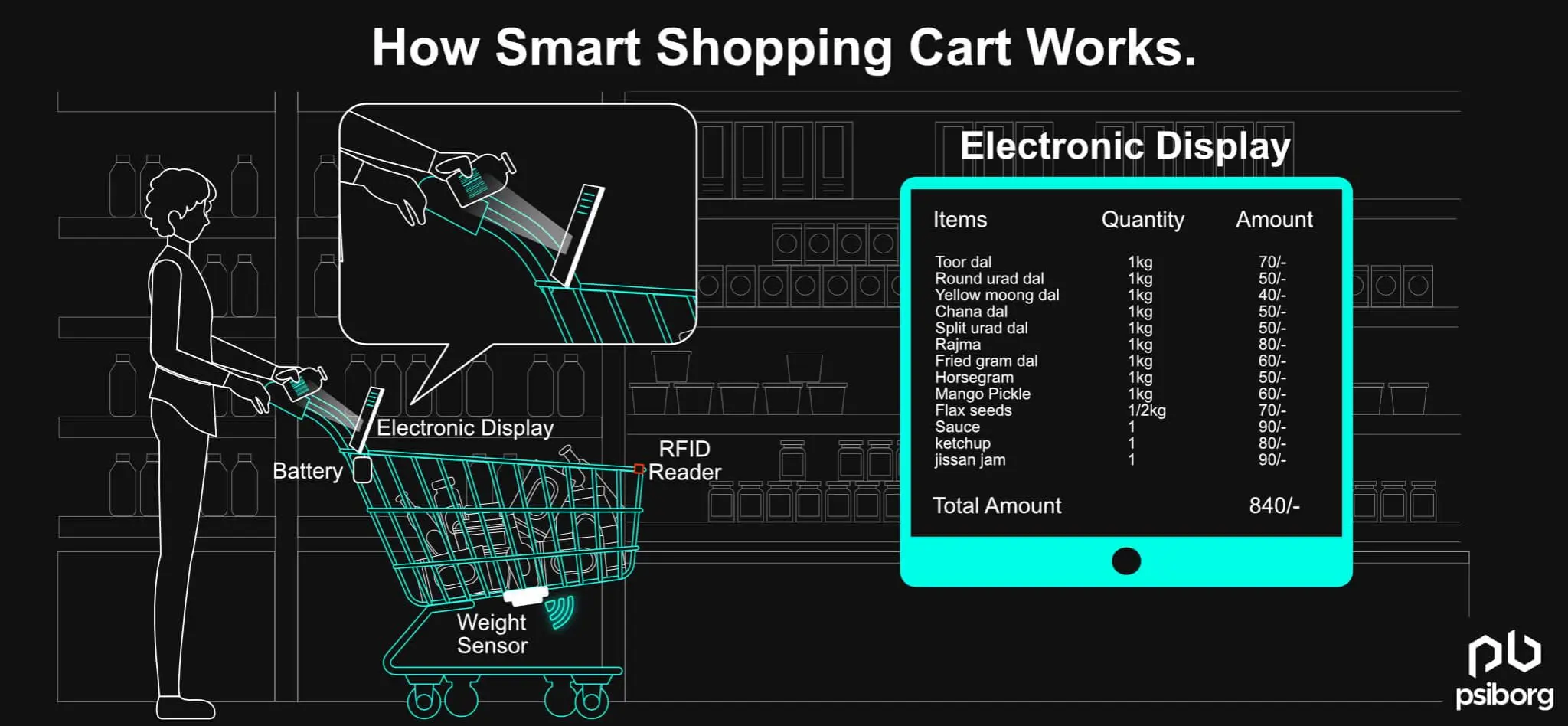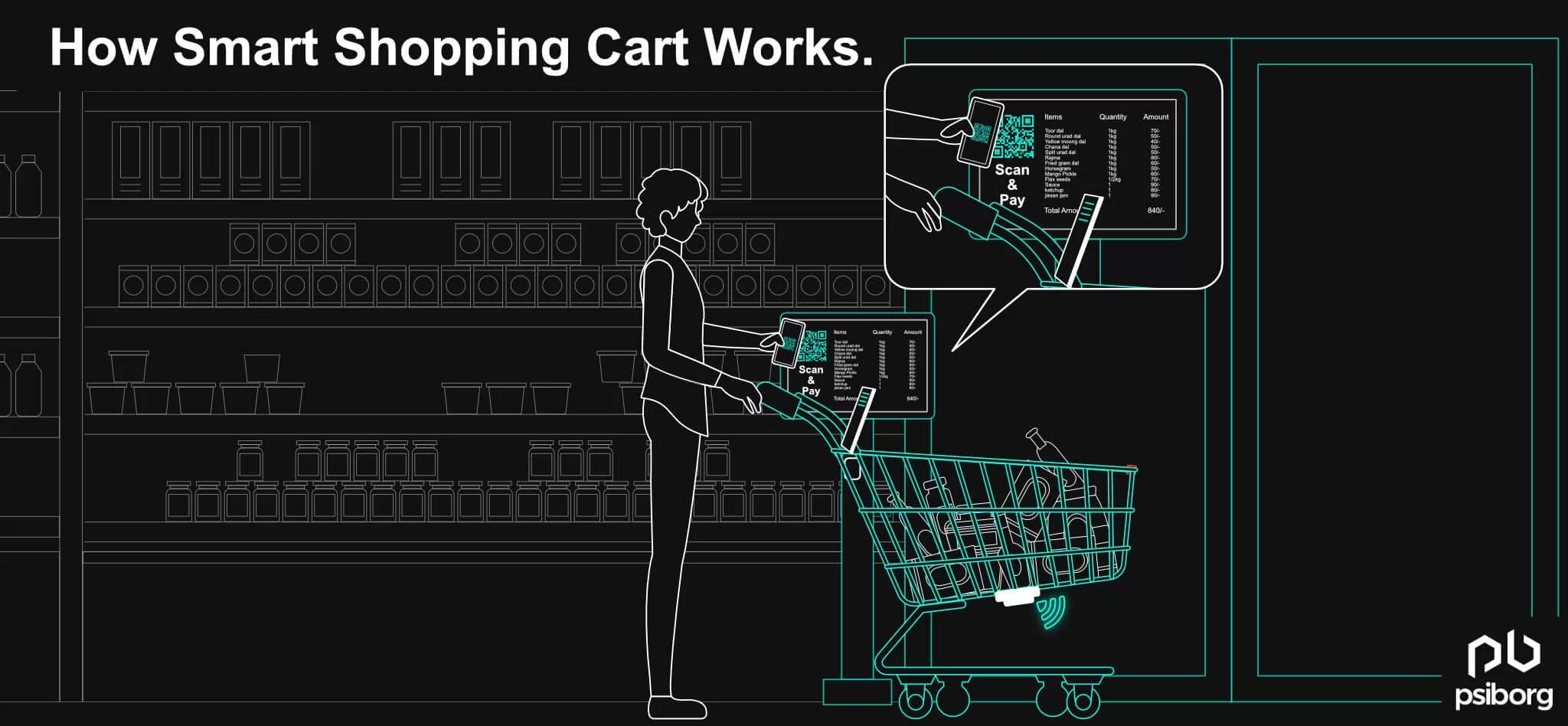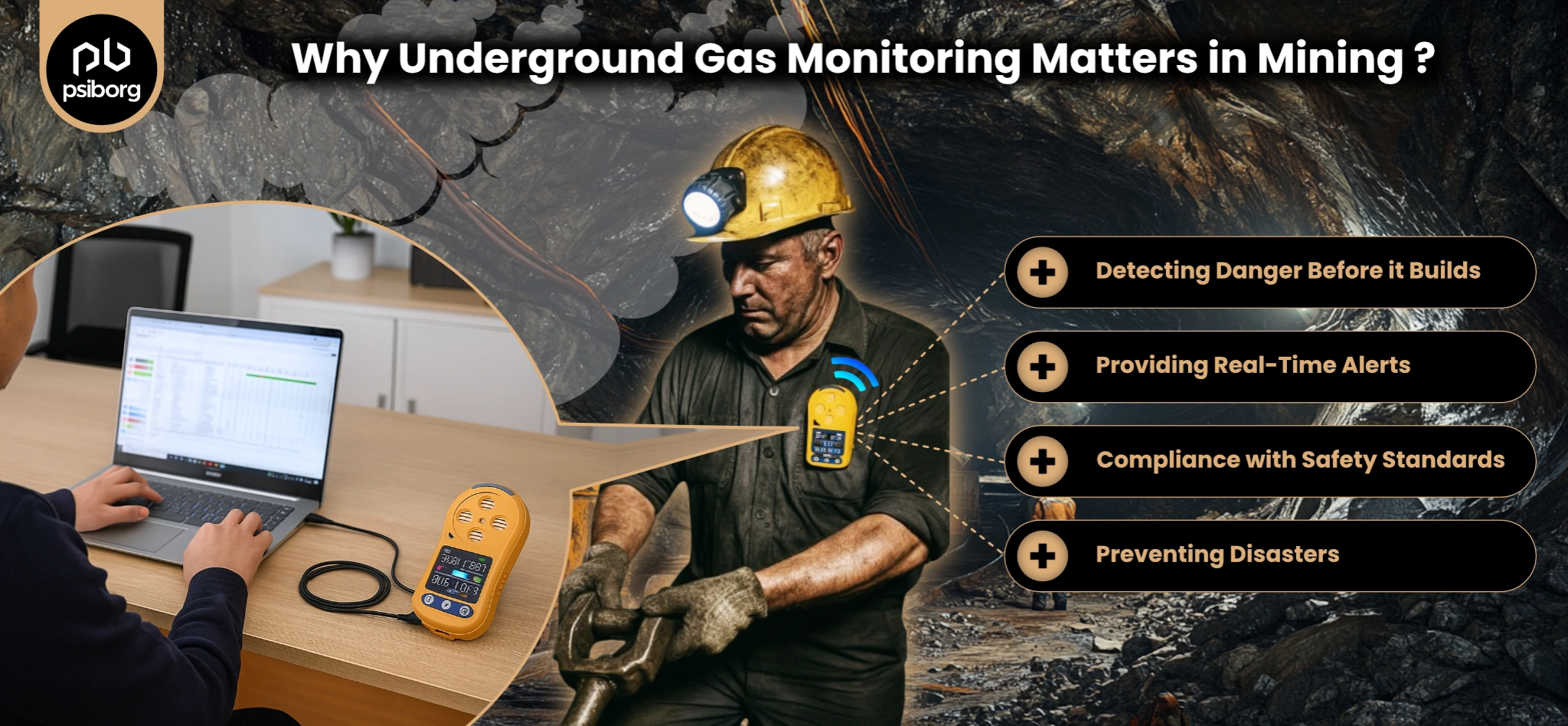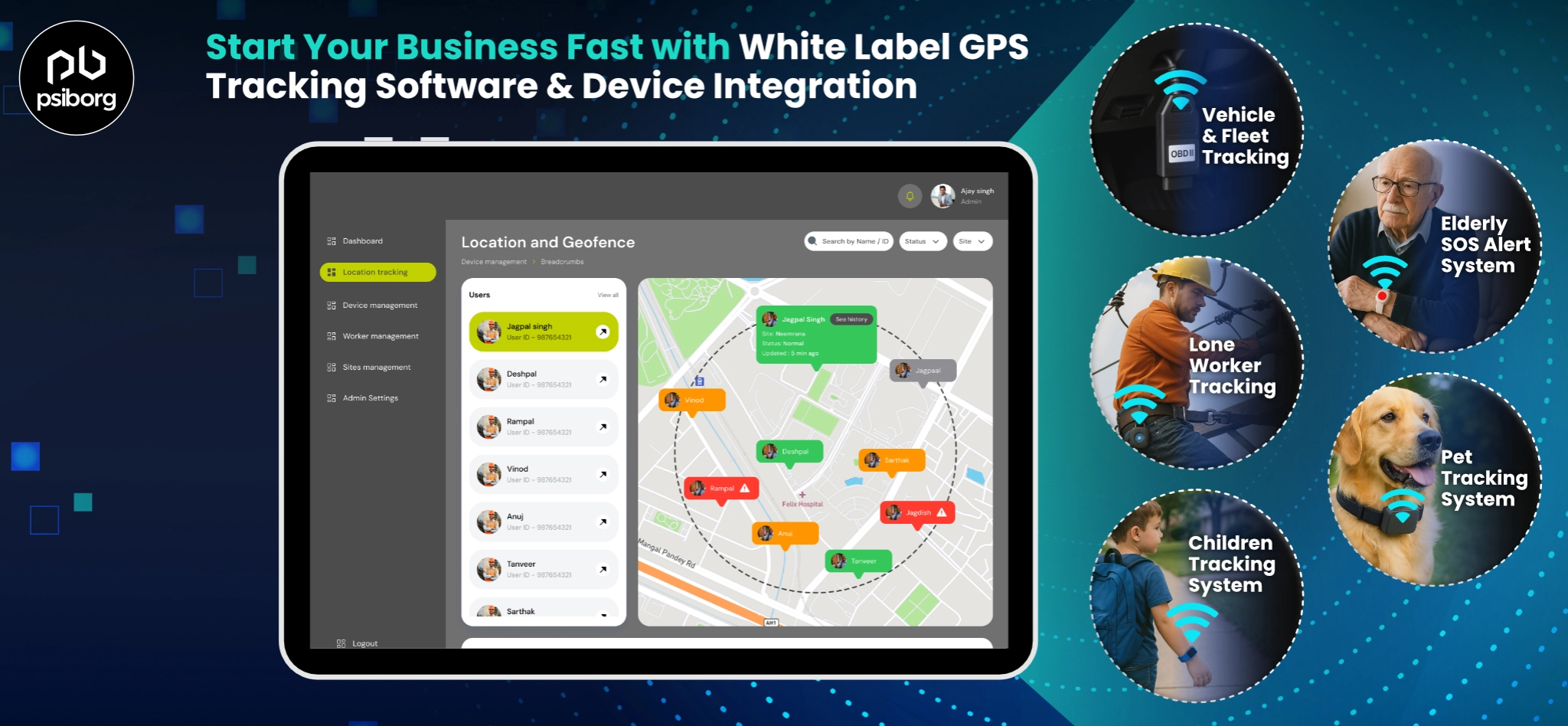Going to the supermarket weekly/daily to buy home stuff is what we all do. It’s more of a necessity. There are countless grocery stores in the city, and millions of people use them. This results in a huge rush of the market, causing huge lines at the payment counter, making the bill payment process time-consuming.
But supermarket automation with the use of wireless sensor networks will improve onsite security, improve operations, and serve customers better. The Internet of Things (IoT) is soon going to change the world for the better.
With wireless sensors, retail stores will be able to connect everyday objects and enable many IoT applications. Thus, creating smart stores in smart cities.
Do you want to know how?
Read the blog till the end to learn how supermarkets can take advantage of wireless sensor networks.
WHAT DO YOU MEAN BY SUPERMARKET AUTOMATION?
Before explaining exactly what supermarket automation means, I want you to take into consideration two different scenarios.
Scenario 1
It’s the weekend, and you want to enjoy the only day off in the week. You enter the kitchen to prepare a relaxing brunch, but oh no, you’re missing some essential kitchen essentials. You grab your shopping bag and head to the supermarket.
It took you an hour to explore the market and find what you were looking for. You reach the checkout and face a long line at the registers. It took you another hour to finally pay the bill. By the time you get home, it’s already noon; you’re tired and just cook yourself a ready meal and go to sleep. In the blink of an eye, the day was over, and you did nothing but visit the supermarket. That feels exhausting, doesn’t it?
Scenario 2
It’s the weekend, and you want to enjoy the only day off in the week. You find that you are missing a few of the essentials at home. So, you grab your bag and head to the supermarket. Once at the store, you scan the QR code at the entrance to know in which department you can find the items you need. You take the smart cart, take the items from the shelf, put them in your smart cart, go to the exit, and the total amount to pay is displayed on the screen. You just scan the code, pay, come home, cook a delicious meal, and enjoy your day off.
Isn’t that an exciting and relaxing feeling at the same time?
Visiting an automated supermarket where the shopping carts are interacting with you is so cool.
Scenario 2 is what we all want, but our Ecommerce stores still stick with the old brick-and-mortar method.
However, supermarket automation is now the new thing. You all must have heard the news of the opening of Amazon’s— Amazon Go “Just Walk Out” store in Seattle.
It’s the first fully automated retail store.
If Amazon can do it, then why can’t you?
You just need to know how and where to start.
Let’s explain all this.

HOW DO WIRELESS SENSOR NETWORKS AID SUPERMARKET AUTOMATION?
With wireless sensor networks, you can solve all the shopping mart-related challenges, like instant bill payment, smart carts, product locators, and more.
With a wireless sensor network, a system can be developed, and this particular system can be placed on all the trolleys with RFID tags. Every single product in the mall will have RFID tags. So, when a person adds a product to the shopping cart, the product code is recognized, the price of the product is stored, and the cost is added to the total bill.
This way, the billing will be done on the trolley itself. When you checkout, the item name, and its cost will be displayed on the LCD screen. At the bill counter, the data of the total bill is transmitted to the main server via the ZigBee modules.
Automatic identification technologies and wireless sensors are one way to improve the quality of service provided by retailers and increase value for consumers, saving people time and energy.
WHAT ARE THE PROCESSES THAT CAN BE AUTOMATED IN A SUPERMARKET?
When we talk about automating the entire supermarket, this includes all the processes that are carried out in the shop to sell a product.
So, the processes that are streamlined for the automation of the entire supermarket are:
- Real-time inventory tracking and management
- Shelf Management with Wireless Sensors
- Optimizing product placement and organization
- Streamlining Checkout Processes
Several supermarket automation products have been developed, but all have some serious shortcomings, such as high implementation costs, a lack of ability to deal with deception, and no way to monitor dishonest customers.
But the smart cart shopping system reduces all these flaws in a cost-effective and energy-efficient manner. Henceforth, it gives a better shopping experience to the customers by saving them time. It also ensures and detects deception cases invoked by dishonest customers.
So, the key components and technology behind the shopping cart system built for automated billing purposes comprise of:
- Sensor node for all shopping carts
- Camera-based barcode scanner
- Monitor
- Load-cell
- Image comparison algorithm
- Base station
THE FUNCTIONING OF THE SMART CART SYSTEM

The smart cart system functions as follows:
– WHEN A CUSTOMER TAKES THE PRODUCT FROM THE SHELF TO BUY IT
He/she scans the barcode of the product with the barcode scanner and then puts it on the plate of the shopping cart. The shopping cart takes over the task of adding the products to the cart when prompted. When the customer scans the barcode of the product, an image of the product is captured and stored in the system’s memory. The barcode and the Smart Cart ID are transmitted as two separate fields in a single packet from the sensor node on the shopping cart to the base station. With the additional fields mentioned, the employee flag field is sent only in case of a discrepancy.
– INSIDE THE SMART CART
When the weighing slab holds the product, another image of the product is taken. The image comparison algorithm runs once it has both images. Depending on whether the images match, it sets the employee flag field that is later transmitted to the base station to take appropriate actions
– THE LOAD CELL
It estimates the weight of the product and then transmits it to the base station using the sensor node on the smart cart.
– ON THE BASE STATION
The information sent by the sensor node is collected. The information is then used to retrieve all necessary information about the product from the database corresponding to the barcode. The weight and price field-related information captured by the barcode reader is extracted and set aside.
– AT THE BASE STATION
The weight received from the shopping cart through weight sensors is compared with the weight that was collected earlier from the database corresponding to the same shopping cart ID. Actions are taken accordingly, whether the weight and images of the items match or not.

-This process is repeated for all products that a customer will buy. In the end, when the customer has finished his purchase, he goes to the counter to pay the entire invoice amount. If a discrepancy is found, the employee checks the self-checkout process.
In addition, the time required for the entire process is calculated in relation to the distance of the smart carts from the base stations.
MODULES IN THE SYSTEM
The smart cart system consists of 5 key modules:
- Product detection
- UI and display components
- Server communication component
- Automatic billing and on-cart payment
- Expiry date detection
PRODUCT DETECTION
At the time of shopping, when the customer drops the required product into the cart, it will be detected by RFID technology. The RFID component will include readers and tags. RFID technology will also be used over barcodes and QR codes. Any adverse conditions (like dust, chemical, or physical damage) will not affect the RFID.
USER INTERFACE AND DISPLAY COMPONENT
The user interface will be provided through an LCD. The purpose of the LCD is to let the customers know about the product information, which will include the product name, product cost, and more.
SERVER COMMUNICATION COMPONENT
The server communication component (SCC) sets up and maintains the connection of the cart with the main server using LPWAN technologies like ZigBee, LoRa, Bluetooth, and Z-wave. One good connectivity component is LoRa. It is a low-cost, low-power wireless mesh network standard aimed at the widespread development of long battery life devices in wireless and remote monitoring applications.
AUTOMATIC BILLING AND ON-CART PAYMENT
Once the purchase is completed, the customer must go to the counter to pay. Generally, the payment process is time-consuming due to long queues. To overcome this challenge, automatic billing and an on-cart payment module have been introduced. This automatic billing module will provide a better shopping experience for customers.
EXPIRY DATE DETECTION
Sometimes, during shopping, the customer doesn’t check each and every product that they are purchasing. This is to prevent them from picking up expired products. If the customer drops the expired product into the cart, the cart will detect it and indicate if the customer is using the voice kit.
ADVANTAGES AND DISADVANTAGES OF SUPERMARKET AUTOMATION AND SMART CARTS
Since we are talking about supermarket automation, it’s very obvious that, as a reader, you would also want to learn about the advantages and disadvantages of using smart carts. So, here are some advantages and disadvantages of supermarket automation:
Advantages first,
Supermarket automation and smart carts help customers skip long lines at the billing counter.
With Smart Cart, customers get a total contactless shopping experience.
Smart carts have more functions than a customer can imagine.
Disadvantages
A smart cart cannot support a baby/child sitting on it.
CONCLUSION: EMBRACING THE POWER OF WIRELESS SENSOR NETWORKS IN SUPERMARKETS
This supermarket automation technology is cost-efficient, reliable, fair, and energy efficient. This wireless sensor network-based shopping cart system for supermarkets is going to be the new trend in the retail industry.
Countries like the USA, China, and Canada are already using this technology. One big example is Wu Mart (the biggest retailer in China), which has been extensively using smart carts and supermarket automation technology since 2021.
All thanks to sensor networks and IoT in retail industry, retailers can now automate various supermarket activities.
Fortunately, PsiBorg, an IoT service-providing company, offers all IoT-related services, like designing and developing wireless sensor-related solutions. We can develop a fully functional smart cart system for your retail business.
If you want to automate your retail shop and be ahead of your competitors, then drop us a message, and we would love to connect and discuss with you.





